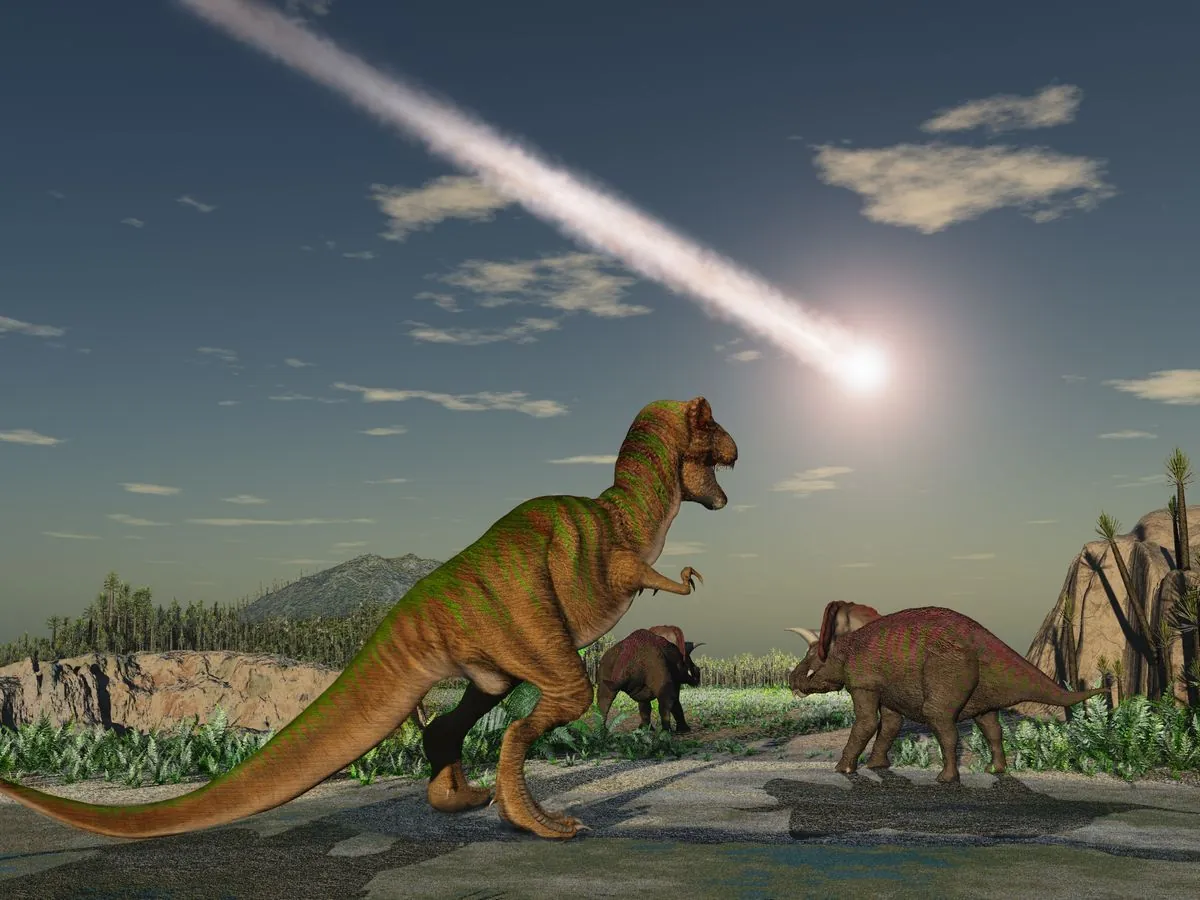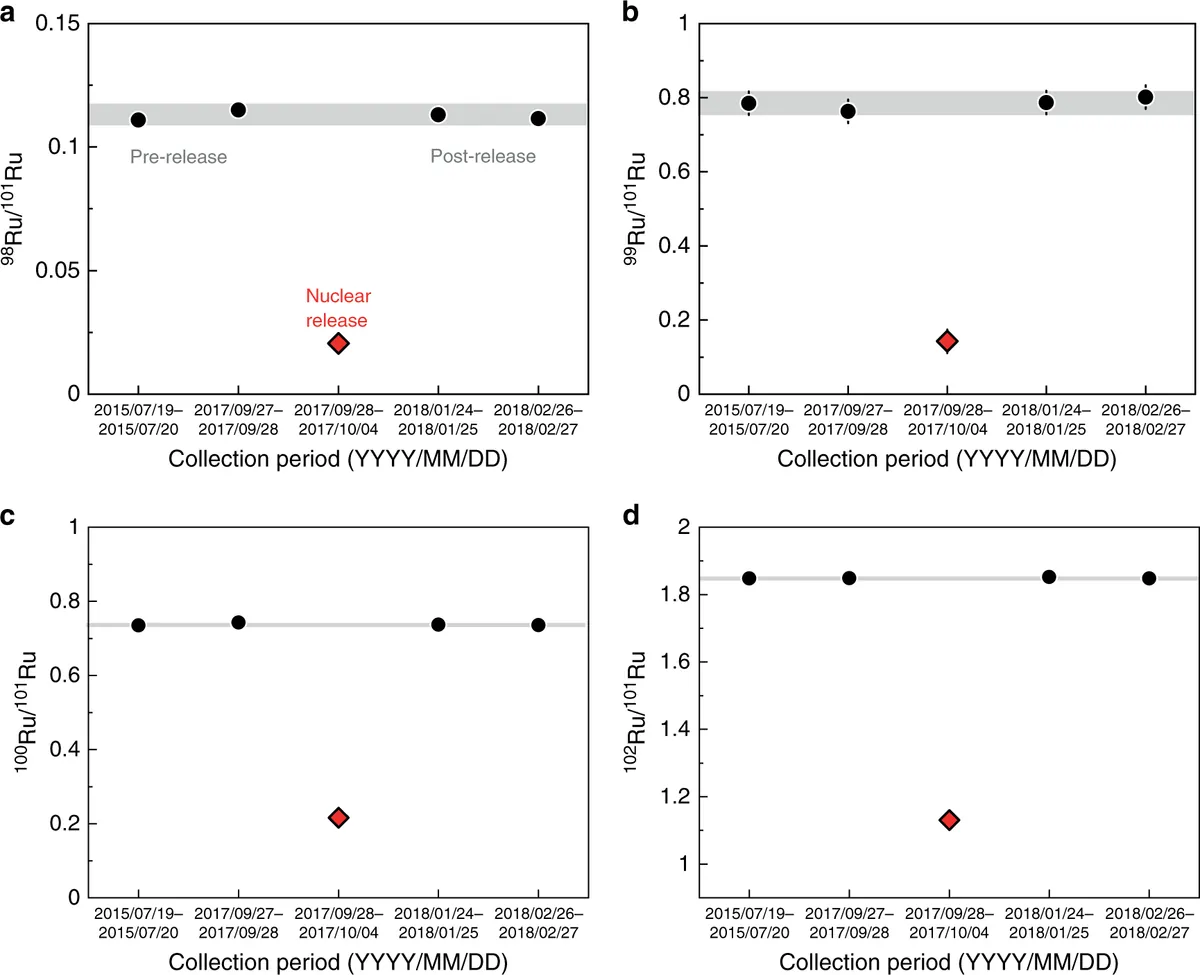Cosmic Clue: Outer Solar System Asteroid Caused Dinosaur Extinction
New analysis reveals the asteroid that ended the dinosaur era originated beyond Jupiter. The rare carbonaceous asteroid impact 66 million years ago reshaped Earth's evolutionary path.

Approximately 66 million years ago, a colossal event reshaped the course of life on Earth. A massive asteroid, measuring between 10-15 kilometers in diameter, collided with our planet in what is now Mexico's Yucatan Peninsula. This cosmic impact marked the end of the dinosaur era and triggered a global catastrophe that eliminated roughly 75% of Earth's species.
Recent scientific analysis has provided new insights into the nature of this celestial body. Researchers have determined that the asteroid originated in the outer reaches of our solar system, beyond Jupiter's orbit. This finding resolves a longstanding debate about the impactor's composition and origin.
Mario Fischer-Gödde, a geochemist from the University of Cologne, led a study that examined the debris layer resulting from the impact. This global clay stratum contains high concentrations of metals that are scarce on Earth but prevalent in asteroids. The research team focused on ruthenium isotopes within the clay, which proved crucial in identifying the asteroid type.

The analysis revealed that the impactor was a carbonaceous asteroid, or C-type, characterized by its high carbon content. This asteroid class represents some of the most ancient objects in our solar system and is primarily found in the outer regions beyond Jupiter.
Steven Goderis, a geoscientist from Vrije Universiteit Brussel and co-author of the study, emphasized the significance of ruthenium in their research. The unique isotopic signature in the clay layer provided clear evidence of the asteroid's outer solar system origin.
C-type asteroids differ from the more common S-type (stony) and rarer M-type (metallic) asteroids. These compositional variations reflect their formation locations within the solar system. C-type asteroids are believed to be remnants of the building blocks that formed the gas and ice giants in the outer solar system.
The researchers hypothesize that the asteroid initially formed beyond Jupiter before migrating inward to the main asteroid belt between Mars and Jupiter. From there, it was eventually propelled towards Earth, possibly due to a collision or gravitational influence.
To highlight the rarity of this event, the team analyzed samples from five other asteroid impacts dating back 37 to 470 million years. All of these were identified as S-type asteroids, underscoring the exceptional nature of the end-Cretaceous carbonaceous asteroid impact.
The consequences of this cosmic collision were profound. It led to the extinction of non-avian dinosaurs, pterosaurs, and numerous marine species, including many plankton. However, some life forms, such as mammals, survived the cataclysm. This survival set the stage for the eventual rise of our own species, Homo sapiens, approximately 300,000 years ago.
Fischer-Gödde reflected on the impact's significance, stating, "I think without this cosmic coincidence of an asteroid impact, life on our planet would probably have developed vastly differently."
This research not only sheds light on a pivotal moment in Earth's history but also demonstrates the interconnectedness of our planet with the broader cosmos. The study of such cosmic events continues to provide valuable insights into the complex tapestry of life's evolution on Earth.
"A projectile originating at the outskirts of the solar system sealed the fate of the dinosaurs."


































